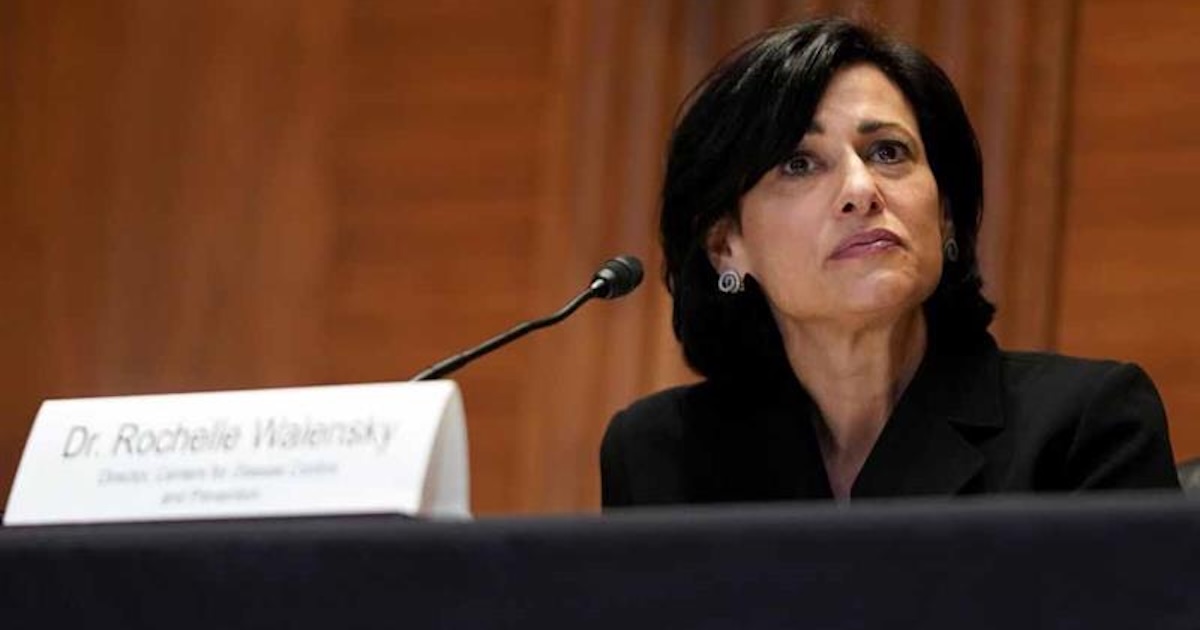The Ebola epidemic in West Africa has so far affected more then 2,200 people and killed more than 1,200, and shows no signs of abating. The virus is contagious (through contact with bodily secretions) and can take days to show itself, making it difficult to contain.
Can mHealth be brought to bear on this epidemic?
From IBM's $100 million project to use the Watson supercomputer to tackle some of Africa's problems to local healthcare workers using smartphones to communicate and share diagnostics, mobile healthcare tools are making their presence known on what can no longer really be called the Dark Continent. But the Ebola epidemic is pushing that technology to the forefront.
An online database called HealthMap, created by Harvard Medical School and Boston Children's Hospital, is being credited as one of the first to identify the outbreak this past March in Guinea. Upon its launch in 2006, this tool – drawing data from a wide variety of online sources – was envisioned as a means for epidemiologists and health workers to track infectious diseases.
But while HealthMap draws upon news reports, social networking and public health conversations to flesh out its map, providers want a more accurate accounting of the epidemic's reach. And they're taking a look at point-of-care mobile diagnostics.
[Q&A: How IBM and Apple expect hospitals to use their mobile platform.]
Four Sierra Leone-based doctors, writing in The Lancet this past July, said access to new diagnostic and data-sharing technologies will help healthcare workers battle the epidemic on the ground, where both they and their resources are thin but smartphones are plentiful.
"Our laboratory and others in the region have shown that routine syndromic surveillance systems can be designed to rely on mobile phones which have become ubiquitous in West Africa," the doctors wrote. "Open-source software programs that receive and send bulk SMS messages can be used for communication with populations and peripheral health centers. Digitalized maps can be created with available satellite images, and distinctions between residential and unoccupied buildings can be added to an open-source geographic information system (GIS) to improve the accuracy of case mapping."
Existing and emerging technologies can help with early warning systems, response to outbreaks, communication back-and-forth between doctors, as well as wildlife and veterinary professionals and enable that manner of communication among local officials on the scene and international health authorities, according to the doctors Rashid Ansumana, Jesse Bonwitt, David A. Stenger and Kathryn H. Jacobsen (A U.S.–based specialist) who wrote the Lancet article.
"The ongoing West African Ebola outbreak serves as a call to ensure access to needed diagnostic technologies and healthcare resources, to accelerate the implementation of smartphone-based health applications in developing countries, and to improve regional and global surveillance and health communication," they concluded.
One such company offering a mobile solution is Novarum DX. Company officials say their mobile applications for medical diagnostics can enable health workers in the field to quickly test patients, then send those results through a smartphone to public health experts for real-time tracking.
"Our technology can be adapted for diagnosing and tracking Ebola," said company spokesman Neil Polwart, MD, in a recent release. "Our smartphone app allows the user – be that an aid worker, medical practicioner or member of the public – to accurately read the result of a diagnostic test using a smartphone."
Those readings, in turn, can be shared in near real-time and combined with location data to generate what Novarum called a geo-referenced map that aid workers, doctors, and government officials could use, in this case, to view ‘Ebola hot-spots’ and ideally act on that information.
Indeed, government officials are also getting in on the action. The U.S. Centers for Disease Control and Prevention is leading the effort to push information about the disease and its symptoms into the affected regions via text messages and mobile alerts. They're even using social media (#FactsOnEbola and #EbolaFacts) and asking those living outside of Africa to contact friends and relatives in that region to pass on accurate information.
"If a health worker comes into the community, they don't know (that person), and may not trust their intentions," Suah, a 41-year-old Liberian who emigrated to the United States in 1997, told C/net. "But if you receive a text message from your mom, or your friend … you have a higher likelihood of believing it."
In Ghana's capital of Accra, a local radio station launched the #EbolaFacts Twitter feed to combat inaccurate information and rumors.
“We have a huge following online and the perceptions on the street of Ebola are wrong," Nana Boakye-Yiadom told the BBC. "By tweeting out information we got the hashtag trending and people can now see the information around the disease.”
Related articles:


